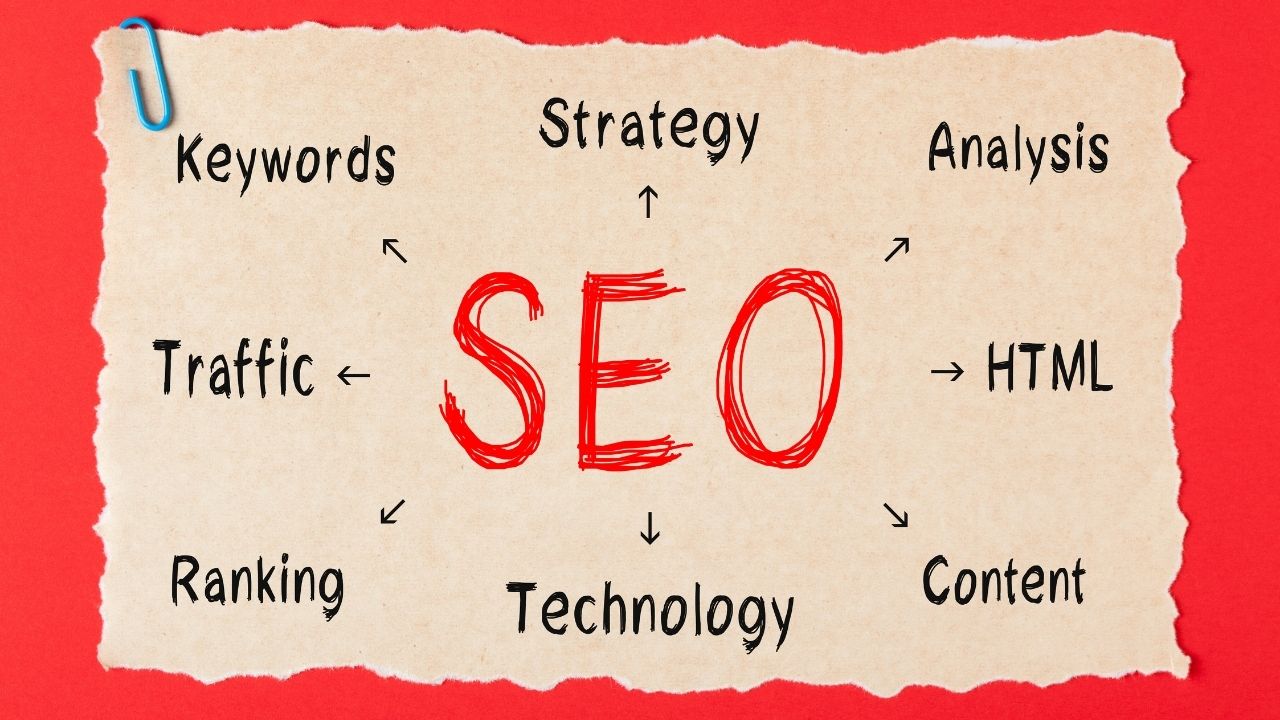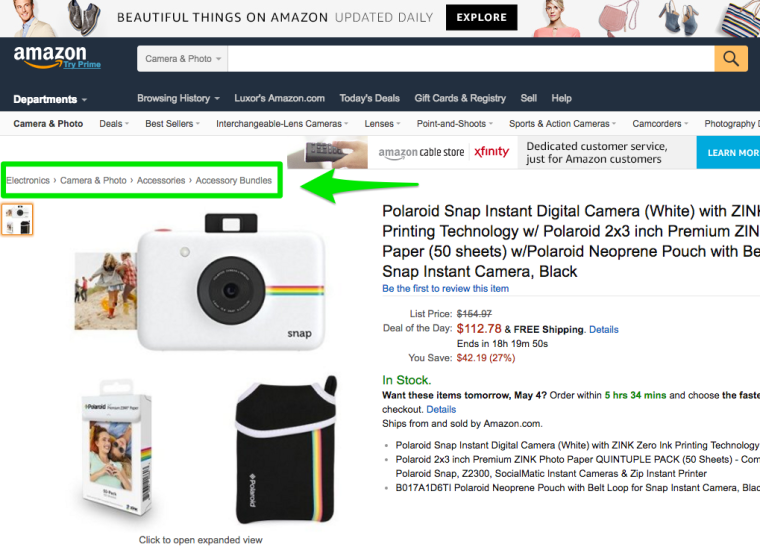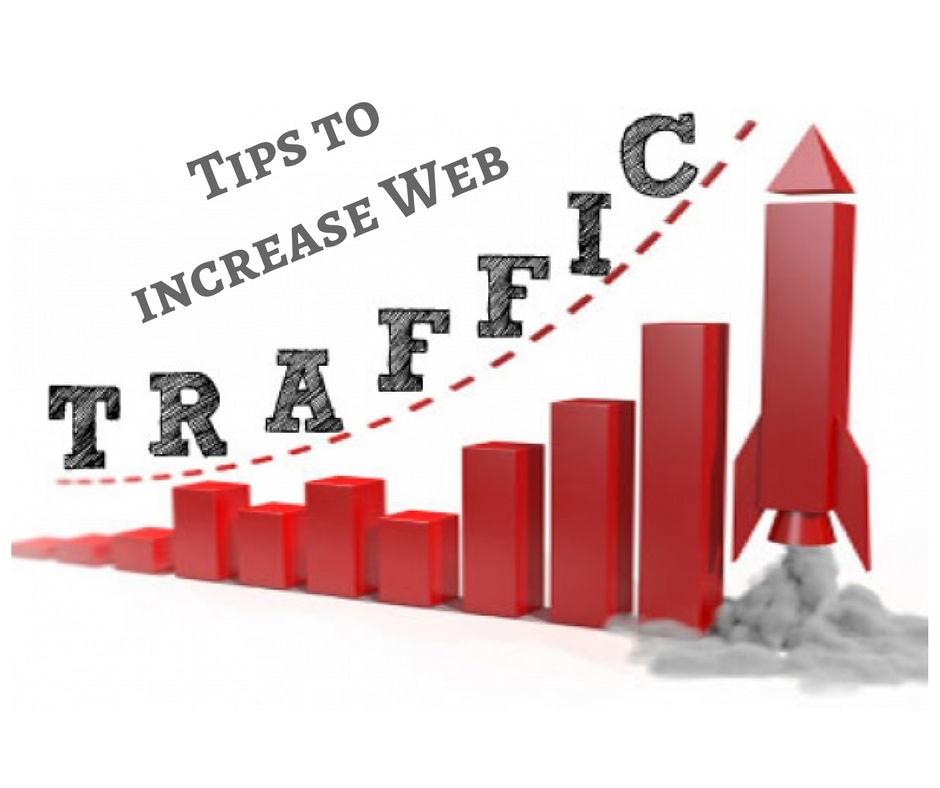
Optimizing the title of your blog is not enough to get a high ranking in Google. Google will index your content if it can find keywords in your content. A basic SEO strategy will help Google do this. Headings is another important aspect to optimize a blog for SEO. These allow search engines and readers to navigate your content. Headings should include keywords and phrases at each section's beginning, middle, or end.
Meta description
A meta description is an essential part of any SEO blog. Use an organic tone to write it. Your meta description should answer a user's question and highlight your high-quality content. It's a bad idea to make a website look spammy. Keep in mind the golden rule: Write for people, not robots. You will get more clicks. Here are some tips that will help you write compelling meta descriptions:
Keep it interesting. Include your main keyword (or other key phrase) in your meta description. Google doesn't count your meta description in indexing pages, but it can help draw users' attention. It is important to keep your meta description between 140-161 characters. Make sure you bold the most important words. A call to actions should also be included, such that a link to the website is included. A well-written meta description should include an attractive call to act.
Meta description is a great way to promote your company. It is a great way to catch a user's attention and persuade them to click on the link. A well-written meta description can help increase site traffic and sales. To encourage users to act, the meta description should end with a call-to-action. Your meta description might be ineffective if it's too long or has outdated information.
In addition to being readable, a meta description can increase your click-through rate. Properly using the meta description can increase both your organic traffic, and your ranking. Google's search engine results play a small role in the meta description. If your meta description is not well-optimized, it may result in your page being ranked on page four instead of page one. It is worth adding a meta description to your blog even if it has a low click through rate.
Keywords in title
Make sure you are using focused keywords in the title. This will help you get the most out your SEO blog post. The title of your article will help you determine the direction of the content and the likelihood that it will reach your target audience. The keywords in the title help search engines to summarize web pages based on the keywords contained within the content. These crawlers have improved their technology to better judge the quality of material on the Web. In order to increase your articles' search ranking, you should include specific keywords in their titles.
Use phrases that are related to crossfit training and crossfit gyms if you own a gym. Be sure to only use one keyword in each article. Too many keywords can make your article appear spammy to search engines. This will make your content less valuable for your readers. Long-tail keywords can help your articles rank better than short-tail keywords. These phrases are a great way for your articles to rank higher in Google for a particular keyword.
Your title should not exceed 60 to 70 characters. The title tag must include the focus keyword at the beginning. You should also use your chosen keyword to convey the benefit of your article. Keyword stuffing and boilerplate titles can be dangerous. Google warns against keyword stuffing. Therefore, make sure you use a strong focus keyword in your title and make sure that your audience can understand what it will get from your content.
Your keywords should be included in your title. But that's only half of the battle. Your title for your article should not exceed 60 characters (or 575 pixels). Make sure your title lives up to the promise you promised in the title, and make it easy for people to scan it and read. SEO is about planning. You should make sure that your title is as effective and relevant as possible.
Internal links

There are many options to improve your website's search engine optimization (SEO). Internal links can be used to direct visitors to other pages on your site. These links may lead to different products pages or content. This improves user experience and increases search performance. Internal links are not like backlinks. It is unlikely that readers will find them on their very own. However, internal links can be used in the right places to accomplish this.
SEO-friendly SEO strategies include linking to relevant internal pages on your blog. This is a great way to keep readers coming back. Many sites use different styles for their links. It is therefore important to select the appropriate words and anchor text when creating a link strategy. Internal links can be used to increase attention and make your visitor stay longer on your site. For best results, make sure to use internal links that point back to relevant content and offer a useful solution for a user.
If possible, the internal links should point directly to the main target keywords. Google will not penalize users who use exact-match keywords, but it is possible that they will. However, it should not be keyword-stuffed. Your anchor text should not be altered to increase your rankings. This tactic violates Google's Webmaster Guidelines. This method is more effective than you might think.
You can also optimize your internal links by creating content that is related to your core service. A Columbus landscaping company generates 390 search per month, which is far lower than the volume of searches for "best smartphone". By strategically including internal links in your blog posts, you can enhance your SEO efforts. It is a good idea to anticipate what users will be asking when they browse your website.
Schema markup
To improve search engine rankings, schema markup can be used in blog posts. To create schema markup, visit Google Structured Data Markup Helper. Enter the URL of the website, choose a category and copy the HTML code. This tool creates a tag manipulator as well as a rendered page in new windows. You can click on individual elements and tag them.
There are three types, NewsArticle TechArticle and Microdata, of schema markup. Each type of schema markup has its own set of flags depending on the content. NewsArticle, on the other hand, is for articles that cover current events. TechArticle may have flags that indicate the technical content of the article. An example is a HowTo article. These flags could indicate the technical level of its author, the software used and any dependencies.
Google has made it easier to create schema. You can tag data to see similar content in search results. Schema markup is a good way to increase brand awareness. You can use schema to advertise a small business located in a specific area. Schema can also be used for events promotion. Schema markup is a great way to improve your SEO blog posts. If you're unsure about what to use, check out the links below.
Schema optimization can help you optimize your content. The markup helps search engines understand the different elements of a site. Schema markup can be used to identify ingredients, instructions steps, and ketogenic diets if you blog about food. Schema is also useful for reviewing blogs. The basic principle behind search engine ranking is that the more relevant your content to a query by a user, the better you will be.
Copyright for the image

It is crucial to verify the permission of any images you plan on using for your SEO blog. Many PR agencies don't allow images to be shared from their websites. You may not have the right to use these images. You can contact the owner to find out more. Most times the owner is happy to give permission for you to use the photo. Here are some tips to help you comply with the law:
Google images are not to be used. You should contact the owner of an image before using it on your blog. Google allows for image searches, but you must obtain permission to use them. If you are having trouble finding the image that you require, you can go to the page where it is located and request permission. This will ensure you're not violating a copyright. Image copyrights can make the difference between a successful SEO blog and a website that gets banned from search engines.
It is important to ensure you verify the copyrights to any image that will be used on your blog. It is illegal to use images that you find on Google Images. If you take images without permission, it can discredit the work of the creators and expose you to legal repercussions. If permission is granted by the owner, public domain and fair-use photos can be used. Consult an intellectual property attorney if you have any questions.
Images used in SEO blogs should be the same author and have the same attribution. Images that are humorous or creative are more likely to be used in SEO blogs. However, it is important to check the license terms. While some images can be used for free, others are subject to certain restrictions. If you're unsure of the author, don't use them. You may be violating copyright if they're not free from royalty. Even worse, you may be subject to a lawsuit which could result in a substantial fine.
FAQ
What is an SEO strategy?
SEO strategies are a great way to make sure you're not missing opportunities to grow your business. If you don't rank higher in search results, it doesn't make sense to have great content that no one ever finds.
A good SEO strategy helps you build relationships with influencers and experts within your industry. You can gain new techniques and strategies from them by tapping into their connections and learning from them.
Why Should I Use Social Media Marketing
Social media marketing is an excellent way to reach new customers or build relationships with your existing customers. Engaging with others via comments and likes can help you build a community around your brand. It makes it easier to find potential customers online.
Is it worth paying for backlink services?
Backlink services can be used to advertise companies by buying links to their site. These links can be placed by other websites in order to bring visitors to their site. They can be purchased either with cash, or a credit card.
Statistics
- If two people in 10 clicks go to your site as a result, that is a 20% CTR. (semrush.com)
- A 62.60% organic traffic boost to that page: (backlinko.com)
- : You might have read about the time that I used The Content Relaunch to boost my organic traffic by 260.7%: (backlinko.com)
- 64% of marketers actively create SEO campaigns because they help hit multiple key performance indicators (KPIs), including increasing traffic, helping your site rank for relevant keywords, improving your conversion rate, and much more. (semrush.com)
- Which led to a 70.43% boost in search engine traffic compared to the old version of the post: (backlinko.com)
External Links
How To
What You Need to Know About Duplicate Content and SEO
Webmasters and search engines both have to be aware of duplicate content. There are two types. External and internal duplicates. Internal duplicates occur when multiple pages within a site contain identical content. External duplicates are when the page has similar information to another URL.
Internal duplication occurs when more than one page contains the same text or images. Poor copywriting skills can lead to this type of duplication. Poor copywriting indicates that you aren't writing unique content for every page. Doing this will result in internal duplicates.
External duplication refers to pages that contain similar information to other URLs. For example, if you have a product page listing all of your products and a category page listing all of those same products, you've created external duplication.
Google doesn’t penalize websites who have duplicate content. It does, however, penalize websites who try to manipulate its algorithm in order to rank higher. If you have duplicate content on your website, ensure it isn't manipulative.
Link building is one of the best ways to manipulate Google's algorithm. Link building refers to creating links between your site and other websites. These links are unnatural and may lead to Google devaluing your website.
Some ways to avoid link manipulation include:
-
Avoid low-quality backlinks that are spammy.
-
Use anchor texts that relate to your website.
-
Create unique content on each page of your website.
-
High-quality content.
-
Good domain names are important.
In conclusion, don't worry too much about duplicate content. Instead, you should be focusing on creating unique content for each page of your website. This will allow you to rank higher in search engine results pages.